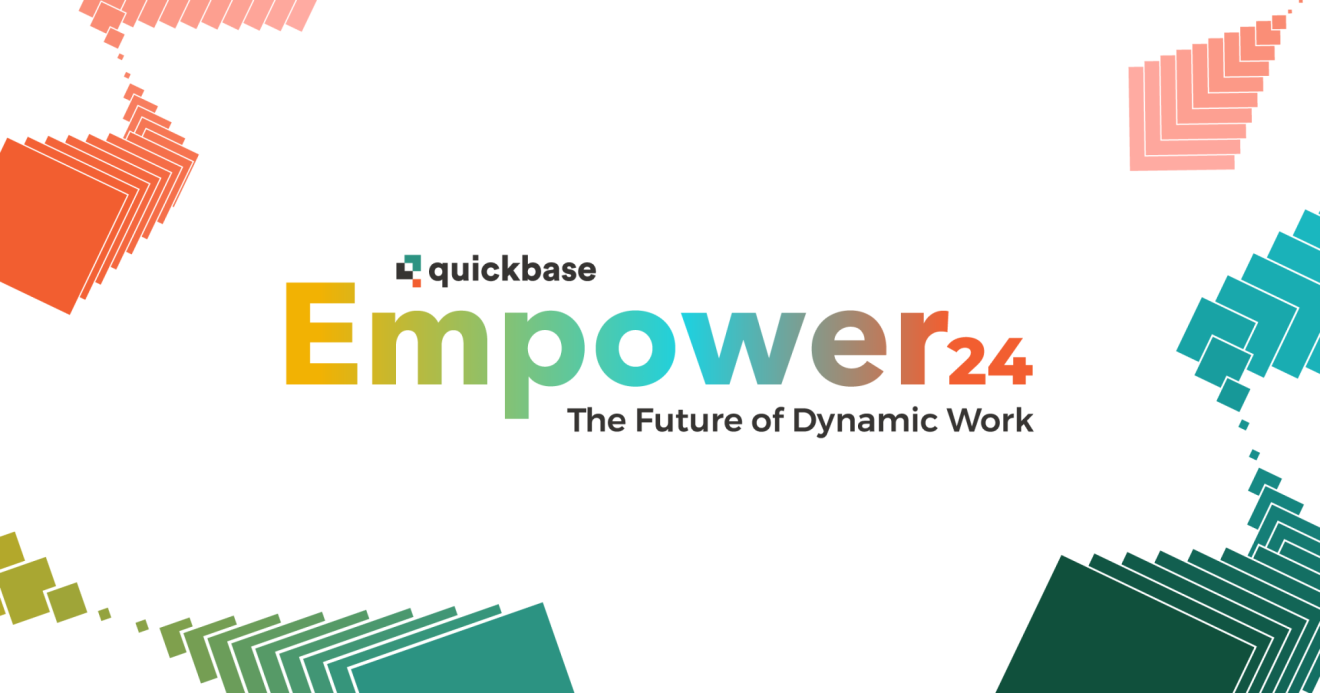Editor's Pick:

News & Events
The Gray Work Index: Our Productivity Gap in 2024
Quickbase surveyed almost 2,000 people to find out if we're more productive than a year ago - check out the full report to learn more!










